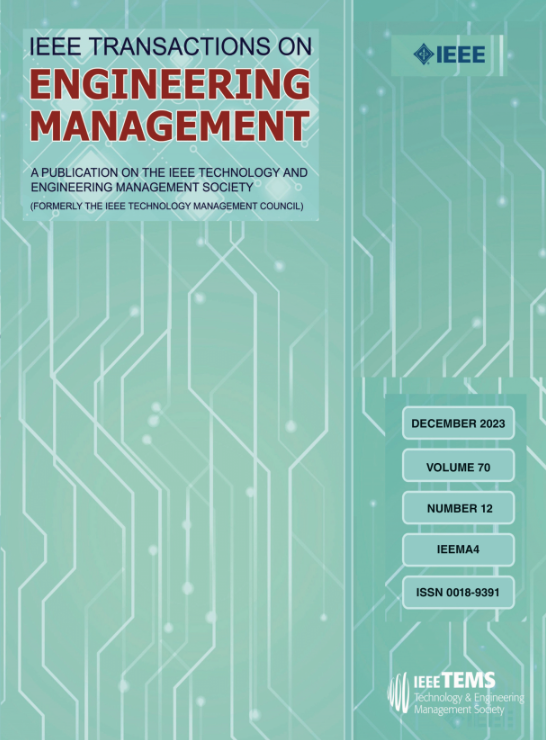Analysis of Product Introduction Strategies in the Presence of Price–Quality Heuristic
IF 4.6
3区 管理学
Q1 BUSINESS
引用次数: 0
Abstract
How to launch multiple versions of a product sequentially into the market is always an important but challenging question. In this article, we consider the price–quality heuristic, namely consumers' strategic deliberation when they use prices to infer product quality over different versions, and employ an analytical model focusing on how the presence of the price–quality heuristic affects the firm's decision on product introduction strategies. Our analysis yields three main insights. First, in the presence of the price–quality heuristic, even though the sales of the earlier version are low, it can serve as a reference for consumers to better understand the quality improvement in the later version, therefore, can bring more profits to the firm. Second, when consumers use prices to infer product quality, the firm can benefit from consumers' strategic deliberation over different versions. Third, as the intensity of the price–quality heuristic becomes stronger, the firm's optimal pricing strategy switches from mark-down to mark-up. In an extension, we find that the trade-in program is optimal when quality improvement is big, but the price–quality heuristic undermines the advantage of the trade-in program. Our analysis indicates that the firm should carefully evaluate how consumers interpret product quality via prices when devising its product introduction strategy.价格质量启发式下的产品引进策略分析
如何依次向市场推出一个产品的多个版本一直是一个重要但具有挑战性的问题。在本文中,我们考虑了价格质量启发式,即消费者在不同版本中使用价格推断产品质量时的战略考虑,并采用了一个分析模型,重点关注价格质量启发式的存在如何影响企业对产品引入策略的决策。我们的分析得出了三个主要见解。首先,在价格质量启发式存在的情况下,即使早期版本的销量较低,但它可以作为消费者更好地了解后期版本质量改进的参考,因此可以为企业带来更多的利润。其次,当消费者使用价格来推断产品质量时,企业可以从消费者对不同版本的战略考虑中受益。第三,随着价格质量启发式的强度变得更强,企业的最优定价策略从降价转向提价。推而广之,我们发现当质量改进较大时,以旧换新方案是最优的,但价格质量启发式会削弱以旧换新方案的优势。我们的分析表明,在设计产品引入策略时,企业应仔细评估消费者如何通过价格解读产品质量。
本文章由计算机程序翻译,如有差异,请以英文原文为准。
求助全文
约1分钟内获得全文
求助全文
来源期刊

IEEE Transactions on Engineering Management
管理科学-工程:工业
CiteScore
10.30
自引率
19.00%
发文量
604
审稿时长
5.3 months
期刊介绍:
Management of technical functions such as research, development, and engineering in industry, government, university, and other settings. Emphasis is on studies carried on within an organization to help in decision making or policy formation for RD&E.
 求助内容:
求助内容: 应助结果提醒方式:
应助结果提醒方式:


